When it comes to protecting and finishing wood surfaces, choosing between wax and sealant can be a pivotal decision. Both options offer unique advantages, and understanding their differences can help you select the best product for your project.
Other Topics You Might Like
Helpful Products You Might Like
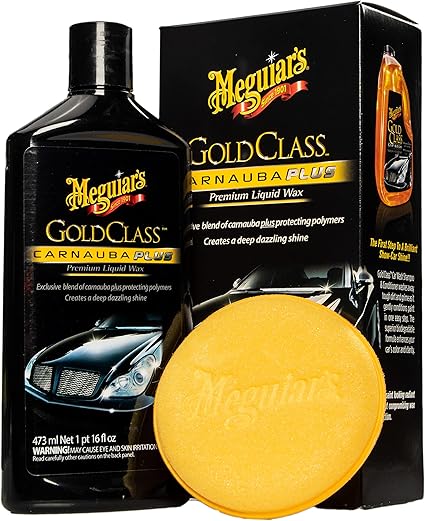
Meguiar's Gold Class Carnauba Plus Premium Liquid Wax
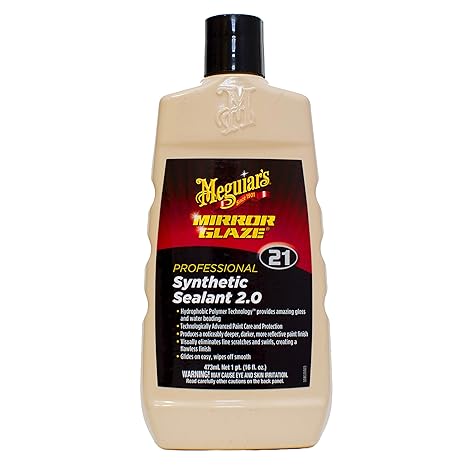
Meguiar's Professional Synthetic Sealant
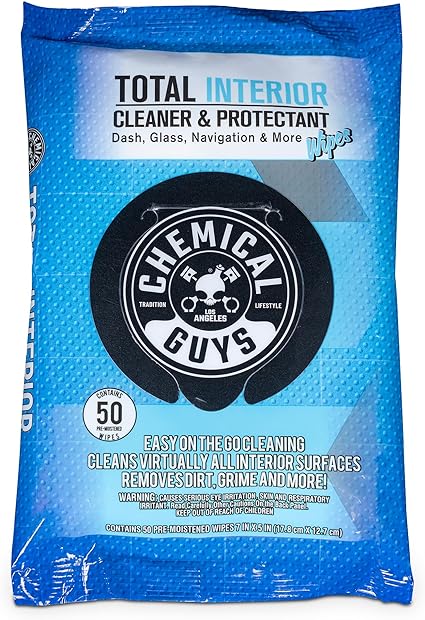
Chemical Guys Total Interior Cleaner & Protectant Wipes
"(Paid Links)" 
What is Wax?
Wax is a natural or synthetic product that provides a protective finish to wood surfaces. It typically comes in solid form and can be applied using a cloth or brush. The most common types of wax used for wood finishing are beeswax and carnauba wax, each known for their distinct characteristics.
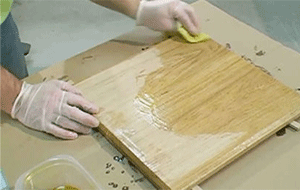
Advantages of Wax
Aesthetic Appeal
Wax finishes enhance the natural beauty of wood, imparting a soft, warm glow that many people find appealing.
Ease of Application
Wax is easy to apply and can be buffed to a desired sheen, making it a favorite for DIY enthusiasts.
Repairable
Minor scratches or blemishes can often be remedied by applying additional wax to the affected area.
Natural Ingredients
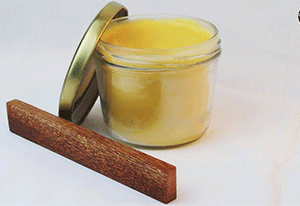
Many waxes are made from natural ingredients, making them an attractive option for environmentally conscious consumers.
Disadvantages of Wax
Limited Durability
Wax finishes are not as durable as sealants, making them less suitable for high-traffic areas or surfaces that are prone to moisture.
Frequent Reapplication
Wax may require more frequent reapplication compared to sealants, especially in areas subject to wear and tear.
Vulnerability to Heat and Liquids
Wax can melt under heat or be damaged by water, limiting its effectiveness in certain environments.
What is Sealant?
Sealants, on the other hand, are designed to create a barrier that protects wood surfaces from moisture, stains, and physical damage. Sealants come in various forms, including oil-based, water-based, and polyurethane options, each with its unique properties.
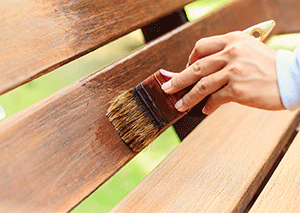
Advantages of Sealants
Durability
Sealants provide a robust protective layer that is resistant to moisture, making them ideal for areas exposed to spills or high humidity.
Variety of Finishes
Sealants are available in various finishes, from matte to glossy, allowing for flexibility in design choices.
Longer Lifespan
Once applied, sealants often last longer than wax finishes, reducing the need for frequent maintenance.
Heat and Stain Resistance
Sealants are generally more resistant to heat and stains, making them suitable for kitchen or bathroom applications.
Disadvantages of Sealants
Application Complexity
Applying sealants can be more complex and may require specific tools, such as brushes or sprayers, and careful preparation.
Chemical Ingredients
Many sealants contain chemicals that can emit strong odors or volatile organic compounds (VOCs), raising concerns about indoor air quality.
Difficulty in Repair
If a sealant becomes scratched or damaged, repairing it can be more complicated than reapplying wax.
Choosing Between Wax and Sealant
The choice between wax and sealant depends largely on the specific needs of your project.
For Decorative Items
If you're finishing a decorative piece that won't be subjected to much wear, wax can provide an attractive finish with ease of maintenance.
For Functional Surfaces
In high-traffic areas or surfaces prone to moisture, such as kitchen countertops or bathroom cabinetry, a sealant is likely the better option for long-lasting protection.
Personal Preference
Consider the aesthetic you want to achieve. Wax offers a soft, natural look, while sealants can provide a more polished, contemporary finish.
Conclusion
Both wax and sealants serve important roles in wood finishing and protection, each offering distinct benefits and drawbacks. By understanding their differences, you can make an informed decision that meets the needs of your project while ensuring the longevity and beauty of your wood surfaces. Whether you opt for the warm glow of wax or the robust protection of sealants, maintaining your wood furniture will keep it looking its best for years to come.
